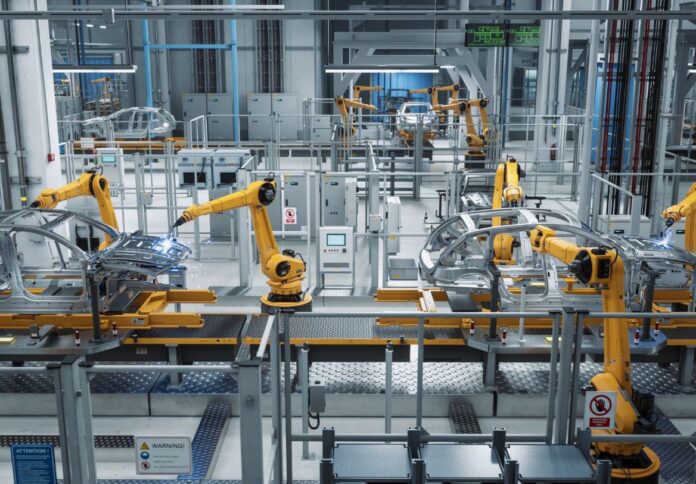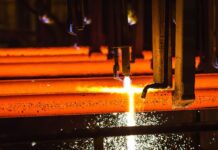
Recent analyses based on the ABS’s Energy Account 2021-22 have stressed the importance of manufacturing in Australia’s journey towards a low-carbon economy, emphasising that the decarbonisation of industries is a crucial component of the overall energy transition.
Data revealed that while the shift towards renewables and electrification garners attention, the industrial sector, including manufacturing, mining, and construction, accounts for a substantial portion of Australia’s energy consumption, totalling 51 per cent.
Manufacturing, in particular, stands out as a significant energy user, consuming nearly 1000 petajoules annually, representing a quarter of the national total.
The report stated that efforts to reduce energy consumption and improve efficiency have yielded promising results in recent years.
Collectively, Australian industries have achieved a notable 21 per cent reduction in energy intensity over the last decade.
Manufacturing, transport, and service industries have led the charge in enhancing efficiency through various means, such as the adoption of more energy-efficient appliances and processes.
However, challenges remain, particularly in energy-intensive sectors like mining, construction, and agriculture, where reducing energy consumption is inherently more difficult.
Despite these hurdles, the gains in energy efficiency have already made a substantial impact, contributing to a 620 petajoules per year reduction in national energy consumption compared to baseline levels.
While energy efficiency improvements have been commendable, the pace of electrification in the industrial sector has been less impressive.
Australia’s electrification rate has only marginally increased from 22 per cent to 24 per cent over the past decade, with most industries experiencing modest gains.
This underscores the need for accelerated efforts to transition industrial processes from hydrocarbons to electricity, a crucial step in achieving net-zero emissions.
According to the report, as Australia endeavours to ramp up its renewable capacity, the manufacturing sector presents both challenges and opportunities.
While the sector grapples with the imperative to reduce its carbon footprint, it also stands to benefit from the renewable energy transition.
The analysis noted that leveraging Australia’s abundant solar and wind resources and advancements in renewable technologies holds the potential to transform manufacturing operations and drive sustainable growth.



















